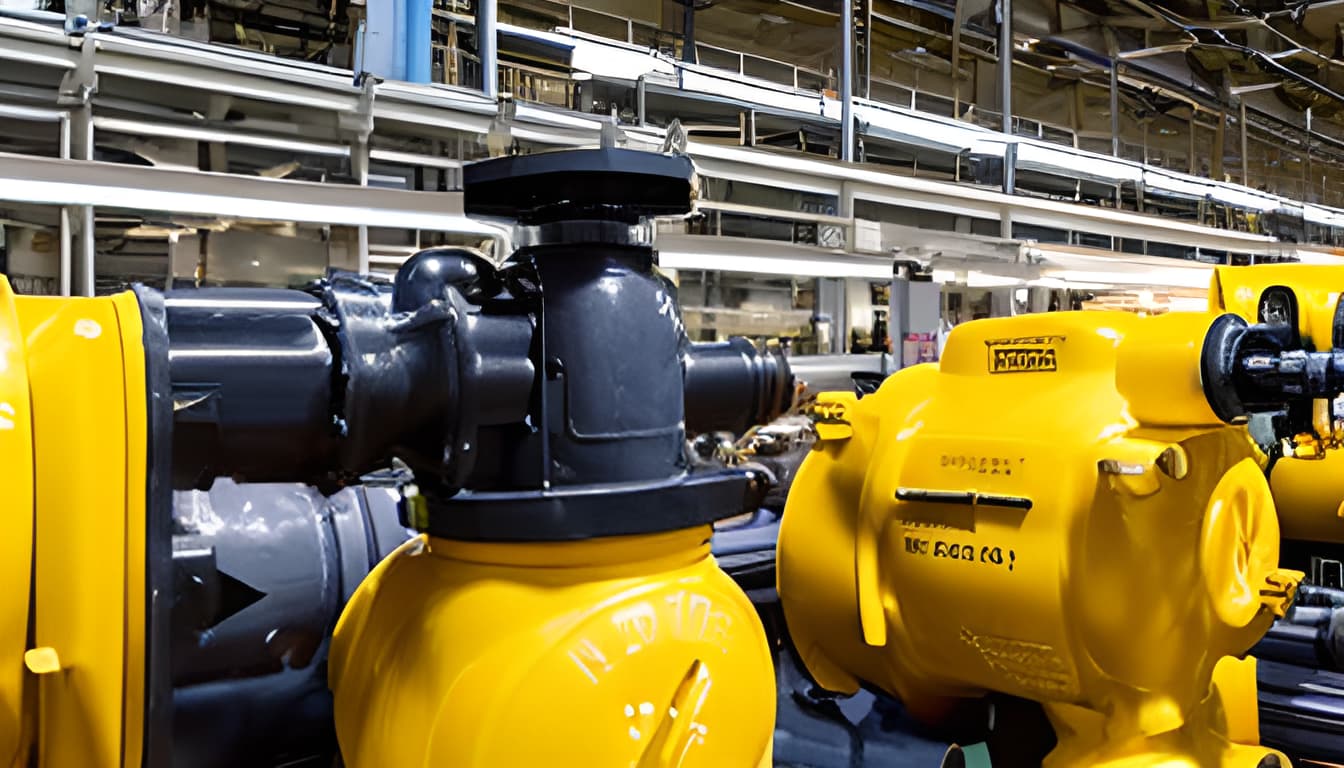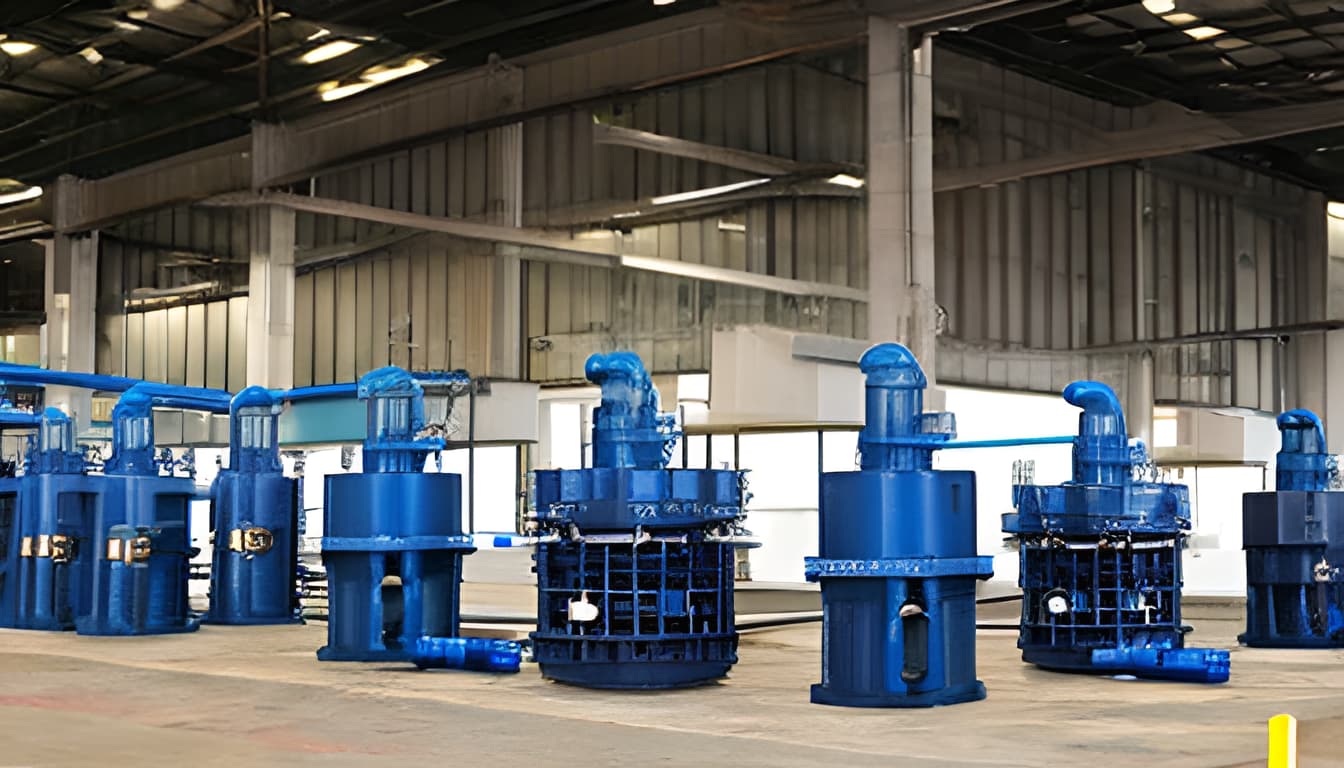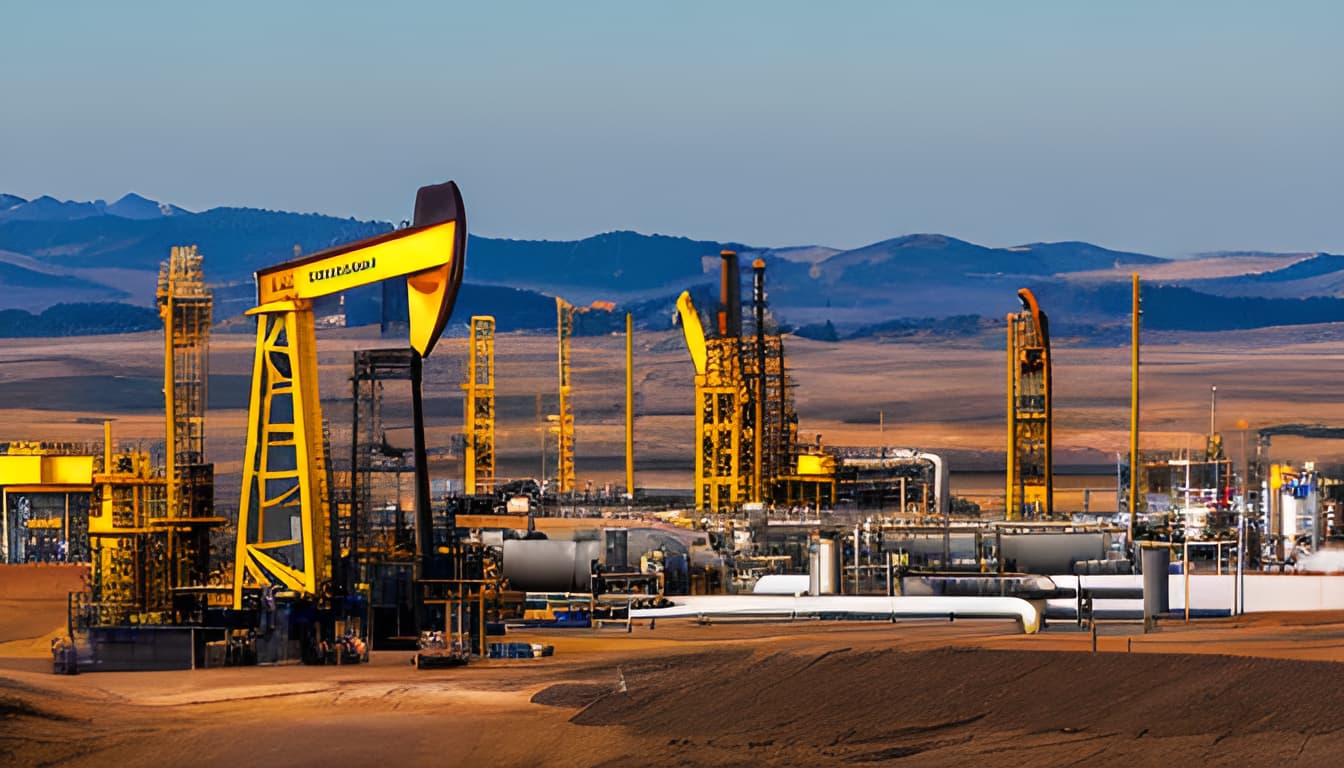Schneider electric control valves are the gatekeepers of fluid control, but their effectiveness hinges on one critical factor: proper sizing. In this blog post, we’ll explore why proper control valve sizing is a cornerstone of successful industrial operations. We’ll delve into the consequences of incorrect sizing, the factors influencing sizing decisions, the role of flow coefficients (Cv and Kv), sizing techniques, and the benefits of precision.
Understanding Control Valve Sizing
Control valve sizing is the art and science of choosing the right control valve for a specific industrial application. It’s not a one-size-fits-all endeavor; instead, it requires a deep understanding of the process at hand. Proper sizing ensures that KMC control valves can manage the desired flow rates, pressure drops, and temperature variations.
In industrial processes, control valves act as the gatekeepers of fluid movement. Their precise sizing is crucial for maintaining desired flow rates, pressure levels, and temperature conditions. Control valves that are too small can lead to inadequate flow, causing inefficiencies and potential process disruptions. Conversely, oversized control valves can result in excessive pressure drops, increased energy consumption, and reduced control accuracy.
Factors Affecting Control Valve Sizing
Control valve sizing isn’t a straightforward task. It involves a multitude of factors, and each application brings its unique challenges. Among the key considerations are the desired flow rate, the type of control valve, and the prevailing process conditions. The physical properties of the fluid being controlled, including viscosity, temperature, and density, significantly influence sizing decisions. Accurately calculating the pressure drop across the valve is also paramount, as it determines the valve’s performance within the process.
The Role of Flow Coefficients (Cv and Kv)
Flow coefficients, often represented as Cv (in the United States) and Kv (in Europe), are pivotal in control valve sizing. These coefficients quantify a valve’s ability to pass fluid. Calculating Cv and Kv values allows engineers to match control valves to specific process requirements accurately. This step is essential for achieving the desired flow rates and maintaining precise control over the industrial process.
The formula for calculating Cv (or Kv) takes into account factors like valve size, fluid properties, and desired flow rate. Engineers can use these values to select control valves that will operate optimally within their applications.
Proper Control Valve Sizing Techniques
Sizing control valves involves a methodical approach that necessitates collaboration between engineers and valve manufacturers. This process requires engineers to calculate Cv and Kv values, enabling them to select control valves that align with the application’s demands. Various techniques, equations, and software tools are available to aid in this process. Choosing the right technique depends on the complexity of the application.
Engineers typically start by defining the desired flow rate and pressure drop for the application. They then consider the specific characteristics of the fluid being controlled, including its viscosity, temperature, and density. Using this information, they calculate the required Cv or Kv value to achieve the desired performance. This value guides the selection of an appropriately sized control valve.
Benefits of Accurate Control Valve Sizing
The benefits of accurate control valve sizing extend beyond mere efficiency. Precision in sizing contributes to process stability, product quality, and safety. It minimizes the risk of excessive energy consumption and reduces maintenance costs. In essence, it enhances the overall performance and reliability of industrial processes.
For instance, in a chemical processing plant, precise control valve sizing ensures that chemicals are dosed accurately, preventing wastage and ensuring product quality. In power generation facilities, control valves play a critical role in regulating steam flow, optimizing energy production, and maintaining safety. Accurate sizing helps prevent issues like cavitation and erosion, which can damage control valves and disrupt processes.
In summary, control valve sizing isn’t just a technicality it’s the foundation upon which industrial processes are built, ensuring that the flow of productivity remains steady and reliable. By recognizing the factors influencing sizing decisions, understanding the role of flow coefficients, and employing proper sizing techniques, industries can harness the full potential of control valves. In doing so, they optimize their processes, conserve energy, and bolster safety, ultimately achieving greater efficiency and productivity.
Control valves may seem like humble components in the grand machinery of industrial processes, but their proper sizing is critical to ensure the smooth, efficient, and safe operation of those processes. Incorrectly sized control valves can lead to a cascade of issues, from inefficiencies and disruptions to increased energy consumption. Recognizing the factors that influence sizing decisions, understanding the role of flow coefficients, and employing precise sizing techniques are all essential steps in ensuring that control valves perform at their best.
As industrial processes continue to evolve and demand more precision and efficiency, the importance of proper control valve sizing becomes even more pronounced. It’s a fundamental aspect of industrial engineering that impacts not only productivity but also the bottom line. By prioritizing proper sizing practices, industries can unlock the full potential of control valves, optimizing their processes, conserving energy, and enhancing their competitiveness in a dynamic industrial landscape.
Conclusion
Control valve sizing is a discipline that bridges the gap between theory and practice, ensuring that the fluid control systems that underpin our industrial world operate with the utmost precision and reliability.



